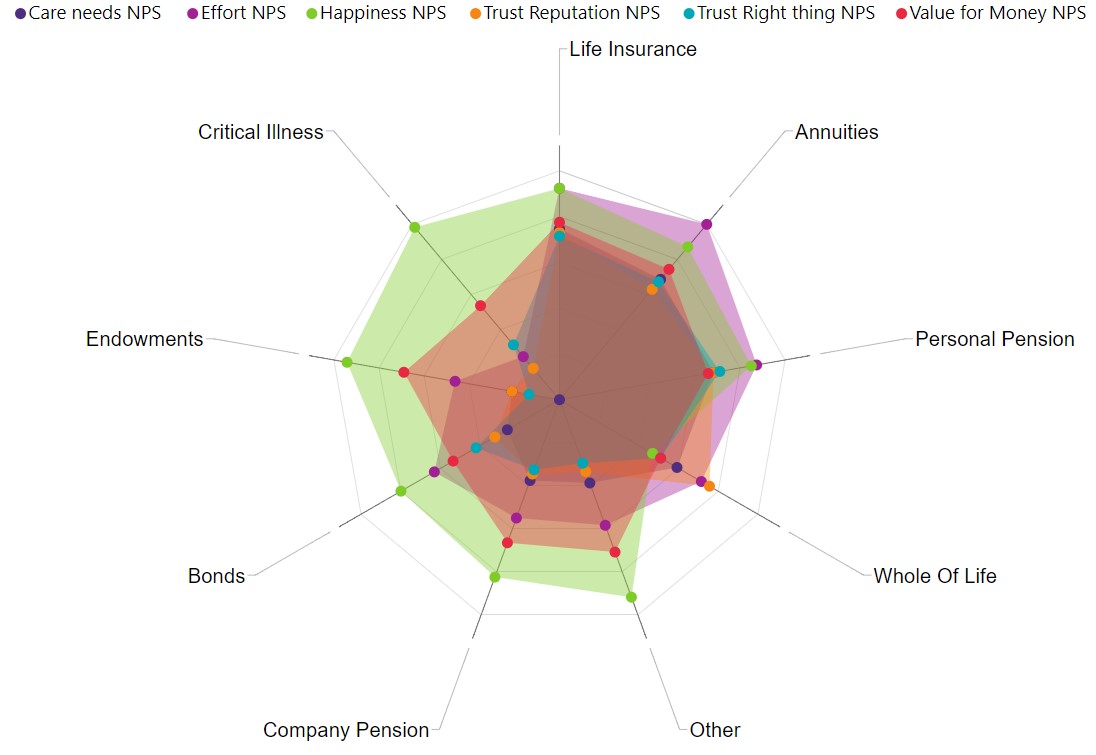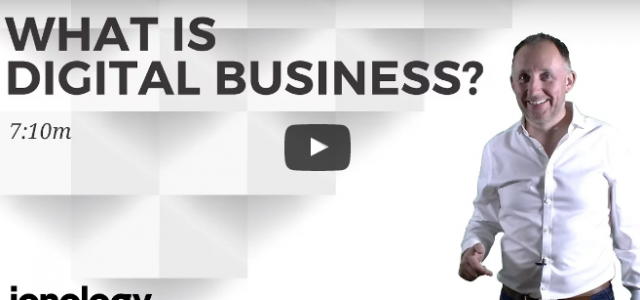In my previous article, I set out the Customer Constellation Model which can be used to help you develop an effective customer engagement strategy. The key aspects of this model are:
- Stars – individual products and services
- Black Holes – products and services viewed by the customer as lacking value
- The Milky Way – a collection of products and services that the customer interacts with on a regular basis
- A Galaxy Far Far Away… – a collection of products and services that the customer interacts with on an infrequent basis
- Constellations – a collection of linked products and services
The purpose of the model is to help businesses define optimal customer engagement strategies by creating Constellations of brightly lit Stars across the customer universe. The premise being that, like the night sky, these are the most noticed and valued part of the universe.
Case Study – Vitality Life & Health Insurance:
A good example of the model in practice comes from Vitality Life & Health Insurance. Traditionally their products/services would be dimly lit stars in a Galaxy Far Far Away…
However, the business recognised the need to align their traditional products with brightly lit Stars in the Milky Way in order to increase customer engagement. They did this by creating links with Apple (through the Apple Watch) and Amazon (through the Echo Dot) to create a value adding Constellation in the customer universe.
You can read more case studies here.
Developing Your Customer Constellation Strategy
In my previous article I explained that the next step in the development of your Customer Constellation Strategy is to focus on creating bright Stars and removing Black Holes (maximising engagement from existing products/services). I will now provide insight and guidance on how to do this.
Creating Bright Stars / Removing Black Holes
Creating bright Stars is, in itself, a difficult undertaking. In order to do this effectively you need to understand:
a. How bright are your Stars currently?
b. What commercial outcomes are you aiming for?
I will now take a look at each of these points in turn. The most effective way to answer these questions is by using customer research data – I will be using Grant Thornton’s Customer Loyalty & Experience Index (CLIX).
(a) Assessing the Brightness of Your Stars
There are a number of different lenses that can be used to determine your level of customer engagement and, therefore, how bright your Stars are. At Grant Thornton we use 18 metrics to determine the brightness of the Stars in our dataset.
Figure 1: Life & Pensions Star Brightness Assessment

The diagram above shows the CLIX scores for the main Life & Pensions (L&P) Stars across 6 of our most important customer engagement metrics. Higher scores are represented by the dots on the outside of the spider diagram.
Clearly, from the above we can see that a number of Stars shine brighter than others – Life Insurance shines much brighter than Whole of Life (which is a Black Hole).
Removing Black Holes:
When dealing with Black Holes in your product set, you have two choices:
- Devise a strategy to re-form them into Stars (via improving the engagement metrics); or
- Dispose of the product/service (in acknowledgment of the adverse contamination effect)
Once you understand your brand position for each of your products/services you must recognise that to create the brightest Stars across all measures of engagement would be an expensive enterprise. You must, therefore, look to understand which of these metrics drive your desired commercial outcomes.
(b) Commercial & Customer Outcomes
Once you have assessed the brightness of your Stars you then need to focus on the commercial outcomes you are looking to achieve from your customer engagement strategy. These typically include:

The important thing to remember is that better customer engagement (on the customers’ terms) drives better business outcomes. We know this because our CLIX analysis shows that customer engagement metrics drive, in varying degrees, the level of this commercial outcome.
The challenge for your business, therefore, is to define the desired commercial outcome and identify the customer engagement metrics that drive this outcome. The drivers broadly fall into two camps – rational and emotional drivers.
Figure 2: Commercial Outcome Driver Analysis

Figure 2 above provides an example of the driver analysis for the Life & Pensions Stars. The width of the strand shows the extent of influence of the CLIX customer engagement metric on the commercial outcomes.
Attracting New Customers:
As we can see, the rational value for money and reputation metrics have the most significant impact on whether customers are likely to promote the Stars to new customers. Demonstrating value for money and positive reputation will be a key part of the L&P engagement strategy.
However, we also see that emotional drivers such as trust, care and happiness have an important impact on the willingness of existing customers to promote the Star. These emotional drivers must be considered, for example, when developing your Marketing strategy.
Increasing Cross Product Sales & Retention / Holdings:
For these two commercial outcomes, there are two consistently important drivers: care (emotional) and overall ease (rational). Therefore, in order to retain existing customers and increase product sales from them, it is important to demonstrate that you care about your customers and make every interaction as easy as possible throughout all of your interactions with your customers and across all channels.
Next Time
In the next article, I will be examining how to create an effective customer engagement strategy by creating Constellations with other products/services across the customer universe.
Thank you for reading, if you wish to discuss the Customer Constellation Model in more detail, please do get in touch with me here:
Article by channel:
Everything you need to know about Digital Transformation
The best articles, news and events direct to your inbox
Read more articles tagged: Customer Centricity, Featured







